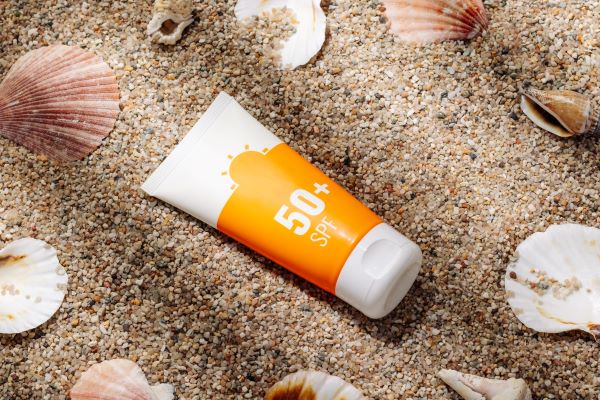Bandages are must-haves for every first aid kit. It is a valuable item for any first aider when dealing with everyday accidents and injuries.
Dressings and bandages are most helpful when applied correctly. They are often designed with a specific purpose – holding a dressing in place or supporting a broken limb. Use of this item in incompatible situations may mean that it will be less effective.
There are bandages for specific body parts. Some come with irregular shapes (tubular bandages) and some with non-absorbent materials, which are unsuitable for an open wound. Learning to recognize different bandages in a first aid kit is essential with its many uses.
In this guide, we’ll go through different bandage types available in the market. We’ll provide a brief overview of how to use each item.
What is a Bandage
The term “bandage” and “dressing” are often mistaken for one another. While dressing refers to the primary layer to put in the wound, and bandage, on the other hand, is used to hold dressings in place.
A bandage is a piece of soft and absorbent material. Aside from holding dressings in place, it helps immobilize a body part, support an injury, eliminate cavities, and prevent hemorrhages. There is a specific bandage made for each task.
4 Different Types of Bandages
Here are four different kinds of bandages available and which first aid situations are ideal for use.
-
Roller Bandages
A roller or gauze bandage is the most common type found in most first aid kits. It is a simple wide strip material with an absorbent barrier that helps prevent it from sticking to the wound. It comes in different sizes, widths, and lengths and is also helpful for any bandage application, including holding a dressing in place.
In most cases, roller or gauze bandages are available in sterile plastic packets. The package usually provides details on the type of bandage, the density of the weave, and the degree of elasticity of the material.
How to Use:
In an open wound, start by applying a suitable pad or dressing to the injury site. Take the bandage while holding the rolled end up and wrap it gently around the pad. Start from the bottom and work up. Do not forget to add a few centimetres to keep the bandage tight and compressed.
-
Triangular Bandages
A triangular or cravat bandage is a piece of cloth put into a right-angled triangle, with safety first aid pins to protect it from moving. It can double as a sling (unrolled), a regular bandage (folded) and can also use for head injuries and other specialised occasions.
How to Use:
Cross the victim’s arm near the chest while putting the bandage around the back of the neck and across. Bring together the end of each side to meet and tie into a knot.
-
Tubular Bandages
A tubular bandage is perhaps the least versatile of all conventional bandages available in pharmacies and supermarkets. Tubular bandages are made with elastic tubes of thick gauze to use for a single body part. It can provide compression and can immobilize or support the knee and elbow joints.
How to Use:
Wear it over an extremity to secure a dressing in place. It does not require the use of pins, tape, wrapping, or fastening as it easily fits on the affected limb without constricting blood circulation.
-
Compression bandage
Also known as an elastic or tensor bandage. It is a long strip of stretchable cloth that can wrap around a sprain or strain. It provides gentle pressure that helps reduce swelling, making the injury feel better. It is inexpensive, and you can easily purchase one from the drug store or online.
How to Use:
Circle the bandage around the injury and cross it back over to the opposite side. Secure the end of the dressing not to bother the skin. Make sure to keep it in a wrap but not too tight.
Conclusion
There are four rules to follow in bandaging – Dress the wound, cover it with a bandage, secure it in place, and check for circulation. Loosen the application immediately if there are signs of reduced circulation. If symptoms continue, seek immediate medical care.
Learn how to bandage an injury in First Aid Training.
First Aid certification is available for online and face-to-face classes with First Aid Pro Adelaide, covering each step in more detail.








